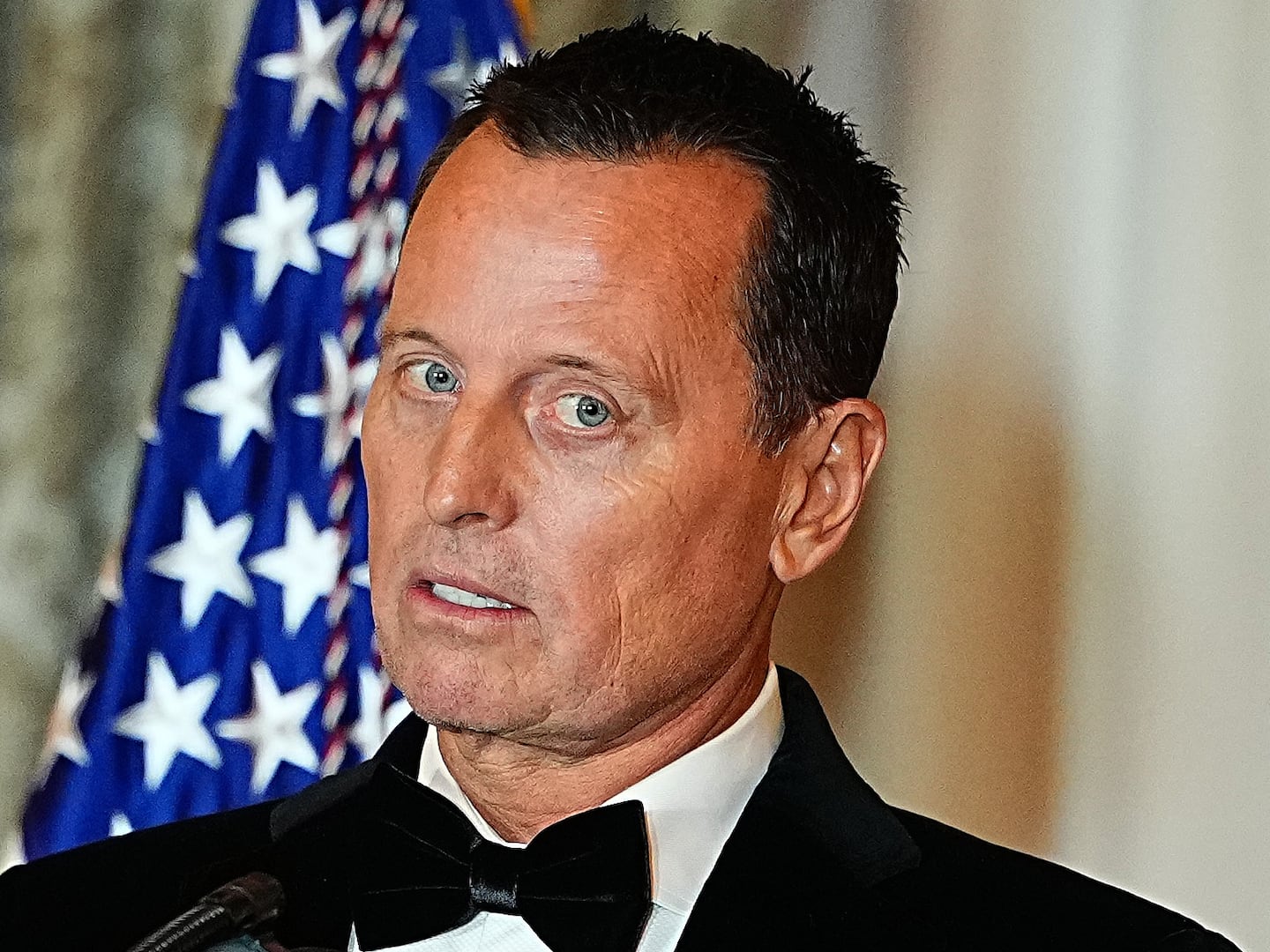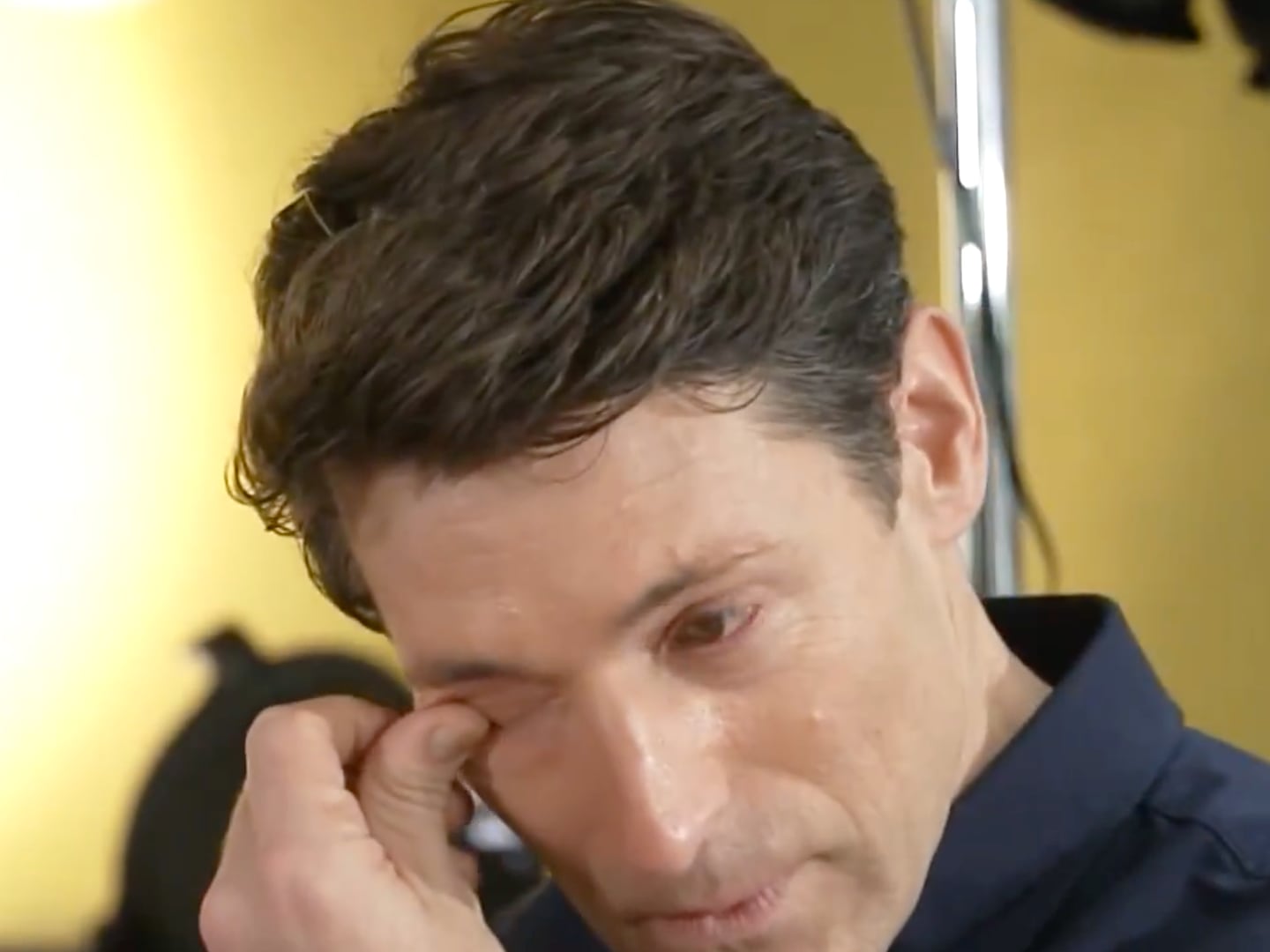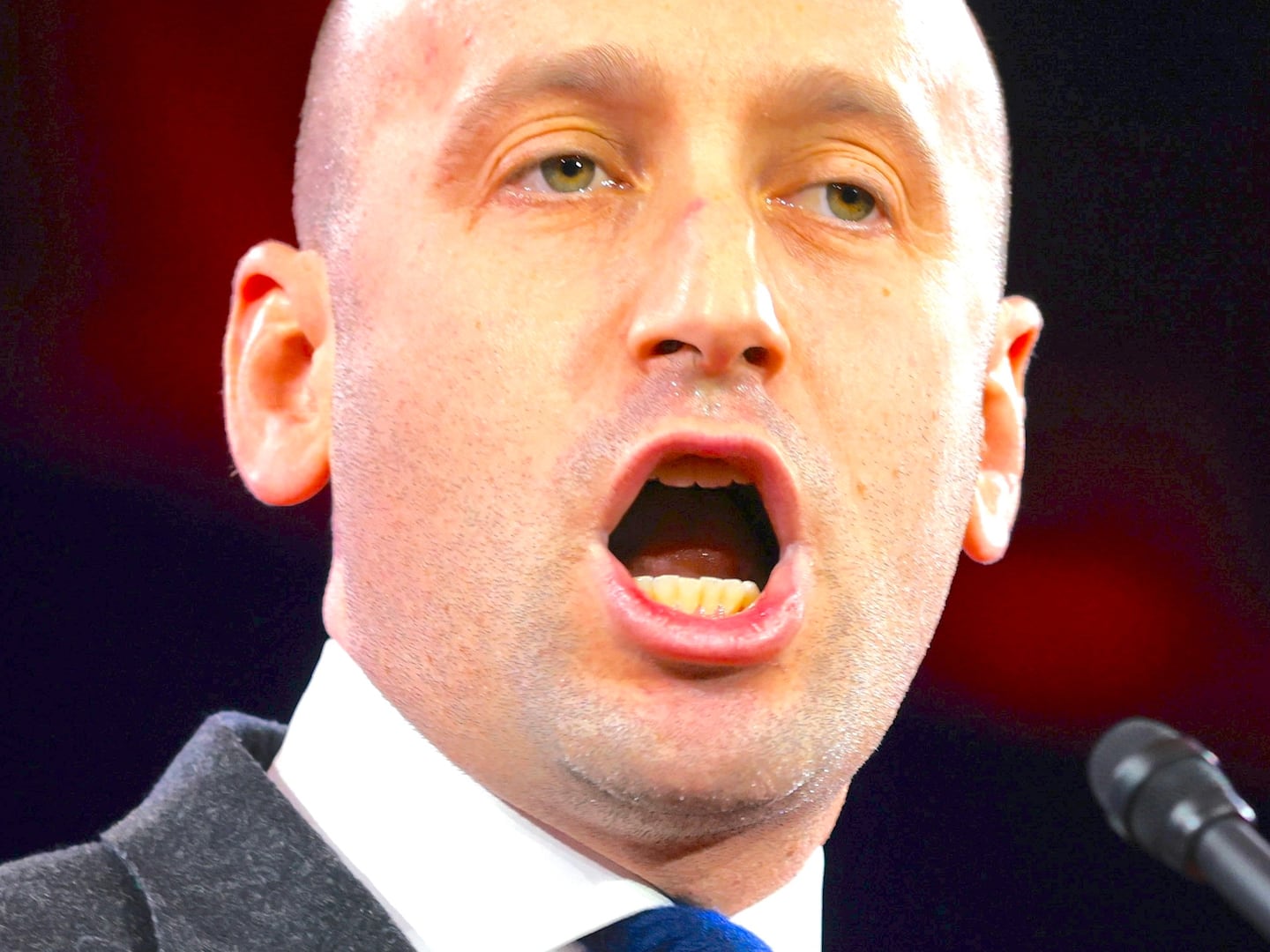The late Bob Coe, a rich American who lived for a while on the Riviera, bought an important Picasso from a well-known Paris dealer in the 1930s. His house was near Pablo Picasso’s, so he got an introduction to him, and drove over with the picture in the back of his car.
Picasso, who was a remarkably mischievous person, flatly denied that he had ever painted the picture, and Coe then went off in a frightful state, and got hold of the dealer who had sold it to him. The dealer had bought it directly from Picasso’s dealer—so there was no doubt the picture was genuine.
So back Coe went to Picasso, and confronted with the indisputable evidence of the authenticity of the work, all Picasso would say was “Souvent je peint des faux Picassos”— “I often paint false Picassos.”
And off poor Bob Coe—if you can call a man whose family were partners with the Rockefellers in Standard Oil “poor”—went again, no doubt scratching his head.
This little story—told to me by my father who had it from my grandfather, who was a friend of Bob Coe’s—gets, in its utterly absurd way, to the very heart of the never-ending debate about fake works of art.
The argument about whether a work is fake or really by the master can essentially be reduced to two words: Says who?
And increasingly, it’s scientists who are saying, “Say we.”
As the art season opens in earnest with the Frieze London fair, there comes a startling new claim from a Swiss art-research lab which claims that more than 70 percent of the works it checks out turn out to be either fakes, forgeries, or misattributions.
But Yann Walther, executive director of the Fine Arts Institute in Geneva, told The Daily Beast that the headline-grabbing claims should be treated with caution. “People who come to us often already have a question about the authenticity of the work,” he said. “So this does not mean that on the market, 70 to 90 percent of work is fake.”
Traditionally, works of art are authenticated by eye—that is to say an expert (or panel of experts) judges, by looking at the piece, if it corresponds to the style of the claimed artist. So the power of the authenticating agent in the art world is predictably vast. The stamp of authenticity can transform a painting without value to one worth millions.
Not surprisingly, these experts have jealously guarded their power, often dismissing the claims of science—which is able to date-test materials and paint samples, and view traces of older paintings underneath existing ones using X-ray and black light—to be able to authenticate paintings.
Experts sometimes argue, for example, that date-testing of materials is irrelevant as the work may have been restored. And of course forgers are now clever about using date-appropriate materials.
But the true forgery—like the work of Han van Meegeren, the Dutch World War 2-era forger of Vermeer—is actually very rare.
A much more troublesome and widespread category of fakes is copies of a work done at the same time or in the same era as the original, which are very hard to identify, as the canvas, paint, and even the technique are all of the correct period.
In centuries past, it was absolutely normal for an owner of a fine painting to have a competent artist come and make one or more copies, which they would hang at a different house, if they had several houses, or give to a relative or a friend. And if they sold a valuable picture, they would always have a copy made.
The result is that an enormous number of the pictures hanging in English country houses are not in fact painted by whom they are supposed to be.
It is also hard to pick up forgeries of extremely prolific artists of former centuries: Corot, the French C19 painter of the Barbizon school, was widely copied and forged but his output was so prodigious that weeding out the wheat from the chaff is a fool’s errand. He created more than 3,000 paintings in his lifetime—but wits have frequently observed that there are 5,000 “of these” in America alone.
The figures frequently bandied about these days for the amount of fake art on the market can often be traced back to the 1997 book False Impressions: The Hunt for Big-Time Art Fakes by the late Thomas Hoving, a former director of the Metropolitan Museum of Art.
In that book, Hoving made many claims that rattled the gatekeepers of the art world.
Hoving, who headed the Met from 1967 to 1977, and served an earlier term as a curator for medieval art, claimed that as much as 40 percent of the works he evaluated on behalf of the museum were fakes.
Museums are said by many in the art world to be more heavily infiltrated by fakes than private collections, as a collector who discovers he owns a fake can sometimes offload it to a museum for a tax credit. The museums, some art-world insiders say, go along with the ruse so as not to alienate their important donors, and stick the dubious work in the basement.
However, the question of just how much work on the open market really is fake, forged, or misattributed is one that has bedeviled the industry for years. It is also extremely sensitive—none of the leading auction houses would even comment on the issue to the Daily Beast.
Opinions cover a vast range. Eric Potsma, an expert in Van Gogh, for example, is on the record as saying that of the many individuals who have approached him over the years, convinced they own a genuine Van Gogh painting, “I estimate that around 99 percent of these paintings are fake or misattributed.”
Others say 20 percent. But Oliver Sears, the leading Dublin gallerist and art dealer, told The Daily Beast that he considers estimates of 50 to 70 percent of work being fake to be “wild” inflations, saying: “I have been dealing in art for 23 years. I have come across half a dozen or so fakes in that time. There is a difference between fakes and forgeries. Fakes are works by other artists that are passed off as works by more important artists. Forgeries are works made deliberately to resemble the real thing. There are many more fakes than forgeries but still, I imagine, we are looking at well under 2 percent.”
And even if you do end up buying a fake—well, it might not all be bad news. After all, Michelangelo’s first commercial commission was to fake an antique Roman statue for a cardinal. Picasso would surely have approved of that one.






